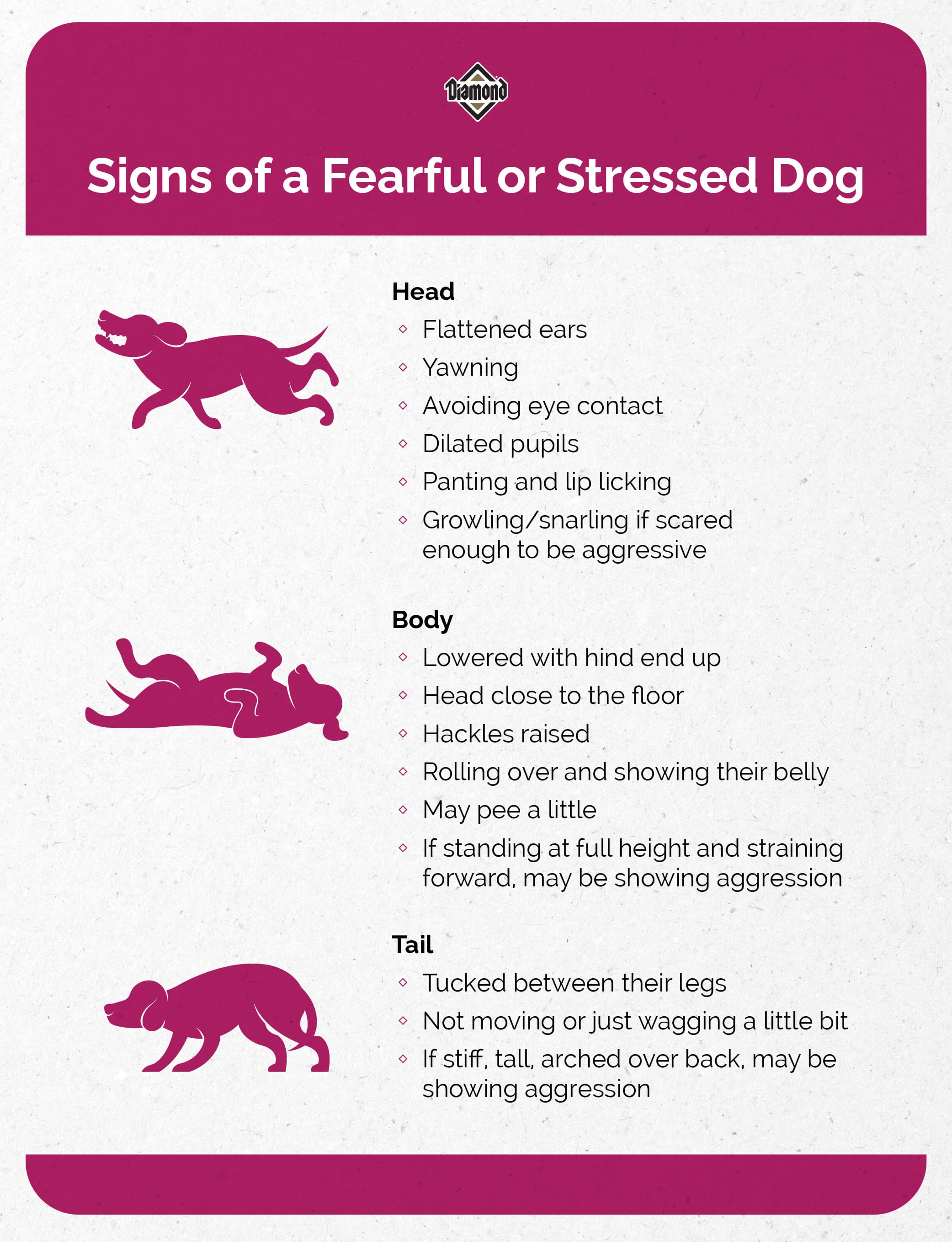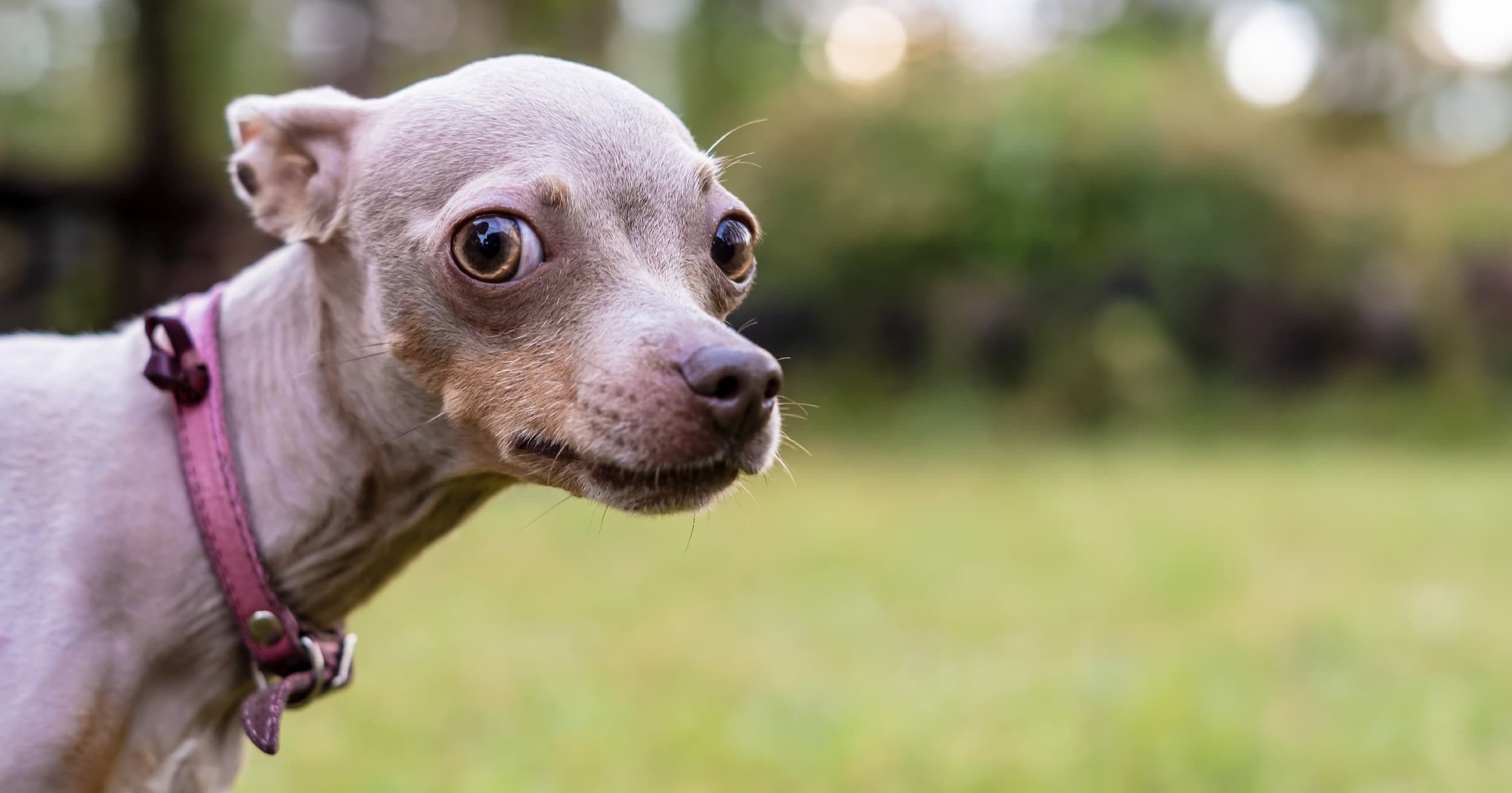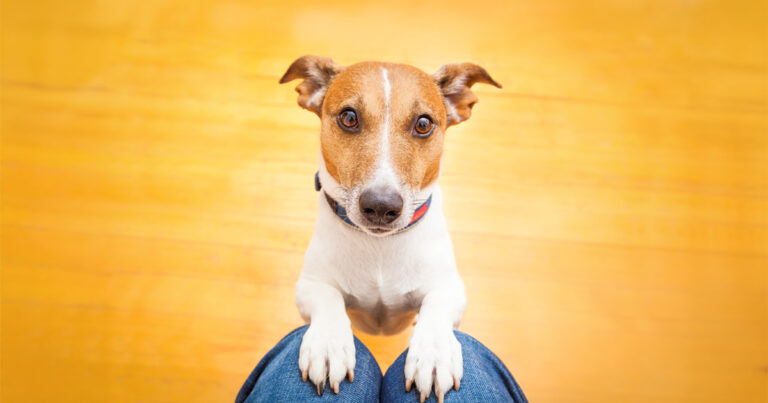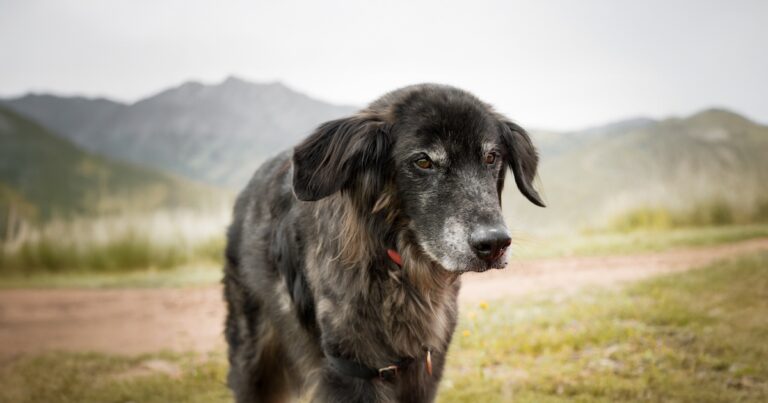Some dogs are happy-go-lucky extroverts who are best friends with every dog, cat, human, squirrel and turtle they come across. Other dogs just don’t like other dogs, animals or people. At least, that’s what is seems like.
It’s doubtful that these dogs “dislike” someone; they are probably antisocial because they are fearful or anxious about meeting new people and pets. Sometimes their anxiety leads to physical displays of fear, and even aggression, which can be dangerous for both the antisocial dog and the people or pets around them.
If your dog is scared of… everyone… here are some tips to help them come out of their shell (face that turtle) and hopefully, over time, make some animal and human friends.
How Do You Know Your Dog Is Antisocial?
Antisocial dogs can be shy, fearful or reactive toward other dogs, animals and people. They may also try to avoid people or dogs who aren’t familiar to them (e.g., by cowering behind you), and show signs of stress when experiencing new things. Sometimes their fear is so severe that they enter defense mode and become aggressive. Other times, they submit completely by rolling over and showing their belly.
Even if your dog stays at home most of the time, it’s a good idea to try to correct their antisocial behavior. You want them to be happy and relaxed when friends and family visit (not hiding under the table), and you still need to take them out of the house occasionally (e.g., to their veterinary appointments).
Possible Signs of an Antisocial Dog
It’s important to recognize when your dog is uncomfortable around people, pets or places so you can remove them from the situation. Some of the signs of fearful or stressed behavior in dogs are below. We’ve also included some aggression signs because they could become scared enough to become defensive (aggressive).

Puppy Socialization Helps Prevent Antisocial Behavior
Dogs typically develop antisocial behavior due to a lack of proper socialization as a puppy. The most effective time to socialize a dog is when they’re between three weeks and four months of age. Adequate socialization as a puppy helps them learn to cope with new situations, animals and people as an adult. But it’s never too late to socialize your dog. If you adopted your dog when they were an adult, you can still work on socializing them and helping them to overcome their fears or anxiety about new situations.
Slow Introductions to New Dogs and People
Whether you’re socializing a puppy or an adult dog, it’s important to let your dog set the pace. It may take multiple attempts and progress may be slow, but it’s worth sticking with it to have a happier, more relaxed dog in the end.
To introduce your dog to a new canine companion, choose a quiet place that’s neutral territory for both dogs. The new puppy pal you’re introducing should be a friendly, calm dog that’s up-to-date on their vaccinations. Their pet parent should also be available to help supervise the play date.
Keep both dogs on their leashes and slowly walk them toward each other. Make sure you and your guests are happy and calm and you’re using lots of positive reinforcement when your dog is showing friendly not fearful behavior. Keep your sessions short, and if your dog becomes stressed, move back or end the session.
Use a similar process for introducing your dog to new people. Ask a friend to sit on a chair and slowly walk toward them with your dog on their leash. Keep giving your dog positive encouragement when they don’t show fearful behavior. If they start showing fear, step back or try again later. If they make great progress over time and allow your friend to pet them, try doing the same thing with new people.
If your dog is doing well with their one-on-one human and canine sessions, you can try taking them out to areas with a few people around or dogs walking by on leashes. Avoid going to crowded areas: these can be overwhelming for even the most social dog. If you meet people along the way, make sure you ask them to let your dog make the first move — don’t let them rush up to your dog and give them a big hug.
Avoid the Dog Park but Consider Doggy Day Care
While we said to venture out to places where there are a few dogs, the dog park is not the best place for an antisocial dog. They can quickly become overwhelmed by all of the other dogs coming up to them to play. If you’re wanting to introduce your dog to a group of dogs, consider a playdate or a doggy daycare instead. A playdate with dogs of known health history and behavior (calm and friendly) is a good start for introducing multiple dogs to an antisocial dog. Once your dog has made some friends, try a doggy daycare where there are staff supervising the dogs.
Encouraging your dog to become more social may take weeks or months. It will require patience, lots of encouragement and plenty of positive reinforcement. If your dog’s antisocial behavior is not improving or they’re showing signs of aggression, consult your veterinarian, a certified trainer or an animal behaviorist for advice.
RELATED POST: Debarking Pet Myths: Are Some Dog Breeds Just Aggressive?







